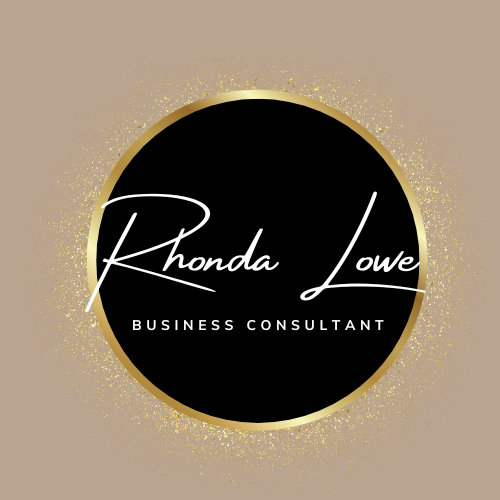The very thought of creating a business plan can seem overwhelming for many. You might be wondering if you even need one. So, why does a business need a business plan?
In this 4th Step in How to Start a Business of Your Own, I’ll try to explain why and break it down into simple steps.

The SBA lists 5 reasons why you need a business plan:
- It will help you steer your business as you start and grow.
- It’s not as hard as you think.
- It will help you to reach business milestones.
- It can help you get funding.
- There’s no wrong way to write a business plan.
I’d like to add to this a little from my experience as an entrepreneur who has both used, and not used, business plans in their businesses. As a business coach I get to work with lots of different clients with varying opinions as well.
Here’s what I know now and why I feel it is so important for any business, any size.
- It’s your first step to success. The reason for that is that a business plan causes you to put some thoughts into all the different areas you need to think about in the planning process.
- It will help you create the framework for your business. You will begin thinking about all the components that go into creating a business with a firm foundation. You will think about everything from the front-facing client side to the rear-facing operational side.
- It will help you cast your vision for what you want your company to scale and become. Where you start and where you would like to be in 3 to 5 years requires you to create a vision. That will lead you to creating a pathway with milestones to get you there.
- It will force you to learn every aspect of your business. This will include even the things you don’t like to do or maybe are not as skilled in. You will learn how to operate a business from a sound financial position.
Which plan to choose
There are so many out there that even choosing which template can seem overwhelming. It might make you wonder “why does a business need a business plan if there are so many variations out there?”
The first thing to know is there are really only two basic formats. The “Lean” plan and the “Traditional” plan.
The Lean plan is generally a one-page format that covers the eleven most important categories for planning your business, but in a very concise way. This is often used for a business that is not seeking funding but rather just capturing all the important areas to get clear on.
The “Traditional” plan is much more comprehensive and generally required as part of any funding packet. It requires you to take a deeper look into all of the areas of your business to create a really strong foundation.
What info do you need?
Lean Plan Components
- Early adopters- Who is your “Ideal Customer?”
- Customer Segments- Break down your ideal customers into specific segments.
- Opportunity- This is the pain or problem in the marketplace that your business will address. Narrow it down to no more than 3 to start with.
- Existing alternatives- How is your ideal customer currently having these problems solved. Who is your competition?
- Solution- Outline what you see as your solution to each of the “pain” points you identified.
- Unique Value Proposition- This is your single, clear compelling message that states why you are different and worth them paying attention to.
- Unfair advantage– Something that you can say about you and your business that your competitors cannot say.
- Key Metrics- This is where you will determine what numbers you will watch to make sure your business is healthy and growing.
- Channels- How will your customers know about you? What methods will you use to get the message out.
- Cost structure- Here you will list your fixed and variable costs to conducting business.
- Revenue streams- Here you list all your sources of income both to start with as well as future revenue streams for growth.
Traditional Business Plan Components
- Executive Summary- This is basically a recap of the entire plan you are presenting.
- Opportunity- You go deeper into the Problem and Solution, Target Market and Competition.
- Execution- Here you will talk about how your Marketing and Sales will be structured. You will show how your Operations will be set up. You will identify your Milestones and Metrics to move you forward.
- Company- This section gives an overview of the Ownership and Structure of your business as well as your Management Team and Advisors.
- Financial Plan- Here you will create a complete financial picture of your business idea. You will share your Key Assumptions, Projected Revenue and Expenses by month and any Net Profit or Loss for the first year. You will also address any Funding needs including Uses of Funds and Sources of Funds. This information becomes your Projected Profit and Loss, Projected Balance Sheet and Projected Cash Flow Statement.
Resources:
For even more guidance, check out what the SBA has to offer at Write your business plan (sba.gov)
To see what the Lean Plan looks like check it out here. Lean Plan
I close with this word of advice: Don’t let, what looks like a lot of work, deter you. Creating a business plan for your business is really creating your vision and a pathway to get there.
If you would like any help with creating your business plan, we are here to help. Schedule an appointment to bring us on board to make it happen!
Contact us at rhondaloweconsulting@gmail.com
